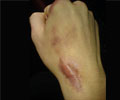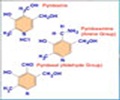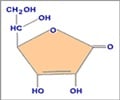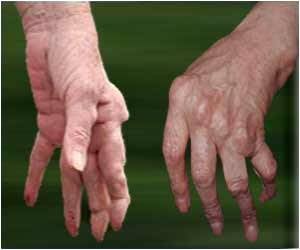Vitamin D and CYP24A1 play a key role in keloid scar development, offering a promising new treatment approach.
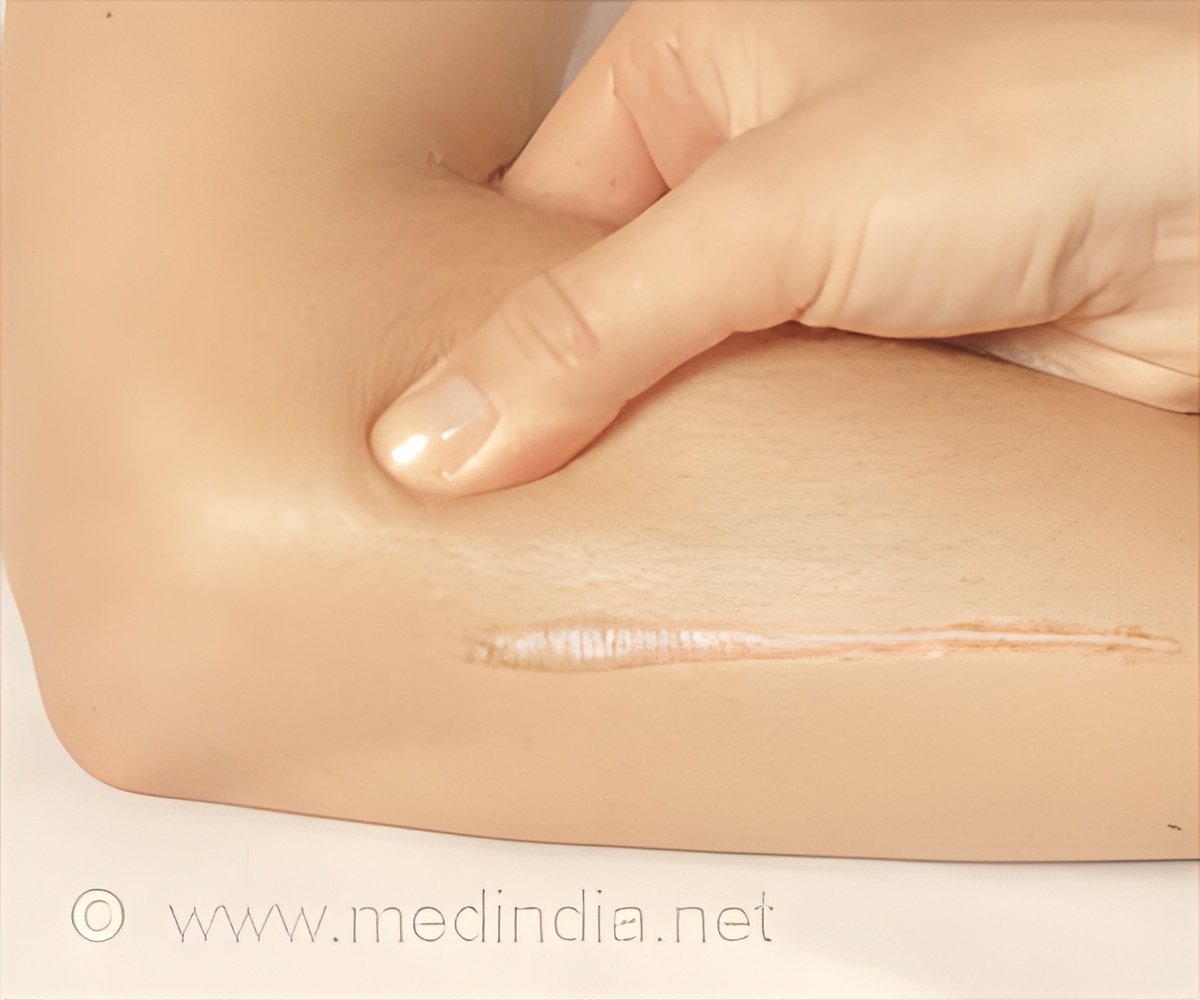
CYP24A1 is overexpressed in keloid keratinocytes and its inhibition alters profibrotic gene expression
Go to source). A study published in Burns & Trauma has shed light on how inhibiting CYP24A1, an enzyme involved in vitamin D metabolism, affects keloid keratinocytes. Conducted by researchers at the University of Cincinnati, the investigation revealed that suppressing CYP24A1 could reduce the expression of profibrotic genes, offering a fresh perspective on keloid treatment strategies.
‘Did You Know?
Keloids, caused by abnormal wound healing, are more common in people with darker skin and are influenced by both genetic and environmental factors. #medindia #keloids #skin’





Keloids, caused by abnormal wound healing, are more common in people with darker skin and are influenced by both genetic and environmental factors. #medindia #keloids #skin’
Advertisement
Limitations of Current Keloid Treatments
Keloids are fibrotic scars that extend beyond the boundaries of the original wound, often causing physical disfigurement and emotional distress. These scars are driven by an overproduction of extracellular matrix components like type I collagen, linked to an imbalance in tissue repair mechanisms. Current treatments show limited efficacy due to an incomplete understanding of the molecular processes behind keloid formation, leaving patients with few reliable options. Addressing this gap, the study delves deeper into the molecular drivers of keloid pathology, identifying potential targets for more effective interventions.Advertisement
Isolating Keratinocytes from Skin Samples
The study employed an innovative approach, isolating primary keratinocytes from normal and keloid skin samples. By culturing these cells with and without vitamin D, alongside inhibitors such as ketoconazole and VID400, the researchers assessed their impact on gene expression and cell behavior.Advertisement
Suppression of Profibrotic Genes in Keloid Keratinocytes
Their findings were striking: CYP24A1 was significantly overexpressed in keloid keratinocytes at both mRNA and protein levels. While ketoconazole broadly reduced cell proliferation, VID400 specifically targeted the growth of keloid keratinocytes without affecting migration. Furthermore, both inhibitors effectively suppressed the expression of profibrotic genes, such as periostin and hyaluronan synthase 2. When combined with vitamin D, these inhibitors amplified gene-specific effects, suggesting their potential as adjunct therapies for keloids.Addressing Keloid Recurrence with Targeted Therapies
Renowned dermatologist Dr. Dorothy M Supp hailed the research as a milestone in understanding keloid pathology, stating, "The identification of CYP24A1 as a key factor in keloid keratinocytes marks a transformative moment in dermatology. This study provides a deeper understanding of the molecular mechanisms driving keloid formation and opens the door to targeted therapies. By modulating the activity of CYP24A1, we may improve treatment efficacy and address the recurrence challenges that patients face. This innovative work lays the groundwork for a new era in keloid management."Shifting from Reactive to Proactive Keloid Treatment
The implications of these findings extend beyond immediate clinical applications. By spotlighting CYP24A1 as a critical player in keloid pathology, the research signals a shift from reactive treatment strategies to proactive prevention of keloid formation. This new paradigm not only enhances scientific understanding but also promises more precise, effective therapies that could significantly improve the quality of life for those affected by keloids. With this pioneering work, dermatological science takes a bold step forward, offering renewed hope for patients and advancing the quest for tailored, impactful treatments.Reference:
- CYP24A1 is overexpressed in keloid keratinocytes and its inhibition alters profibrotic gene expression - (https://academic.oup.com/burnstrauma/article/doi/10.1093/burnst/tkae063/7958314)
Source-Eurekalert

